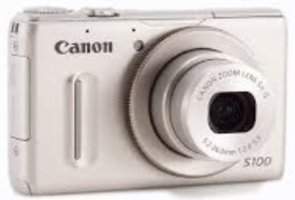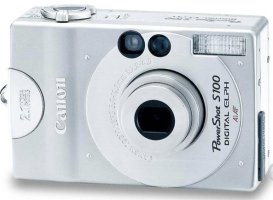The advantage with crop over FF is that you don't have to shoot at the same distance - you can shoot from farther away. So, yes, same distance FF adavantage. Need more distance, crop advantage. Yes, I have shot both.A sadly common misconception. DoF is determined by primarily by aperture and subject distance. The DoF is deeper with a smaller sensor only if to match framing you move the camera further away. The lens MFD determines maximum magnification, so 1:1 is the same subject distance regardless of the sensor size.
If you are shooting APS-C vs FF at the same subject distance (e.g. 1:1 with both cameras) the DoF is actually very slightly shallower with the smaller sensor (that’s because of the smaller sensor has a smaller circle of confusion, but if you don’t understand that the main factors affecting DoF are aperture and subject distance, let’s not confuse the issue with the CoC).
The bottom line is that your stated ‘advantage’ of deeper DoF for macro only applies if you’re comparing a FF image with an APS-C image shot at lower magnification. If your goal is maximum magnification, crop cameras offer no advantage in terms of DoF (they just frame a smaller area at that magnification).
Like @riker, I find FF to be much better for macro than APS-C. I asked earlier if you’d used a FF camera for birds, you didn’t answer. Have you used one for macro? Or just regular photography? I’m not saying this is true for you, but I have found that many of those touting particular advantages for APS-C sensors have never actually used a FF camera and compared them. In practice, I find APS-C offers only two advantages. Those advantages are lower cost and a smaller system size. Both are real, meaningful advantages, but they have nothing directly to do with the images they produce. If image quality is your goal, FF wins (and MF wins even more).
Upvote
0



